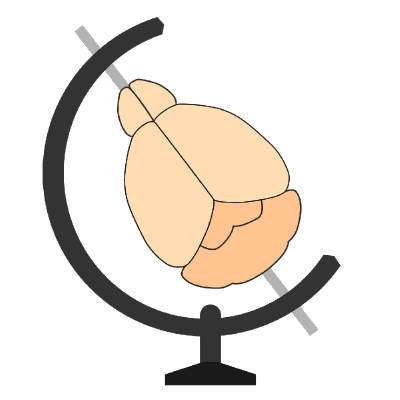Source code for brainglobe_atlasapi.atlas_generation.volume_utils
"""
Code useful for dealing with volumetric data
(e.g. allen annotation volume for the mouse atlas)
extracting surfaces from volumetric data ....
"""
import numpy as np
import zarr
[docs]
def create_masked_array(volume, label, greater_than=False):
"""Create a binary masked array from a volumetric dataset.
Given a 2D or 3D NumPy array and a label value (or list of labels),
this function generates a binary array. The output array will have
values of True where the `volume` matches the `label` (or is contained
within the `label` list) and False otherwise. If `greater_than` is True,
all voxels with values strictly greater than `label` will be set to True.
Parameters
----------
volume : np.ndarray
The input 2D or 3D NumPy array.
label : int, float, or list of int
The value(s) to match in the `volume`. If `greater_than` is True,
this should be a single numerical value.
greater_than : bool, optional
If True, all voxels with values strictly greater than `label`
will be set to True. If False, voxels equal to `label` (or in the
list of `label`s) will be set to True. By default, False.
Returns
-------
np.ndarray
A binary NumPy array with the same shape as `volume`, where
matching (or greater than) voxels are 1 and others are 0.
Raises
------
ValueError
If `volume` is not a NumPy array.
"""
if not isinstance(volume, (np.ndarray, zarr.Array)):
raise ValueError(
f"Argument volume should be an np.ndarray or a zarr.Array"
f" object not {type(volume)}"
)
if not greater_than:
if not isinstance(label, list):
mask = volume == label
else:
mask = np.isin(volume, label)
else:
mask = volume > label
return mask
